by Ken Gargett
There is a thriving industry in faking the great paintings of the world, the finest wines, and the most popular wristwatches. Caveat emptor.
You can also add cigars to that list. Anyone who has ever bought a glass-topped box of Cohibas should be aware that they are as genuine as the proverbial three-dollar bill.
Visitors to Havana are inevitably thronged by locals offering cheap cigars. Usually, the story is that they have a cousin/brother/uncle/best friend working on the factory floor as a roller and they have smuggled these out. And now you are the lucky beneficiary.
If I had a box of cigars for every time someone has insisted that the cigars they got in the back alley really are legit . . .
The most “faked” producer is undoubtedly Cohiba. After all, it is seen as the pinnacle of Cuban cigars, the house that brings the highest prices. So why not fake the best?
Among those that suffer this fate are the Cohiba Maduro 5 range.
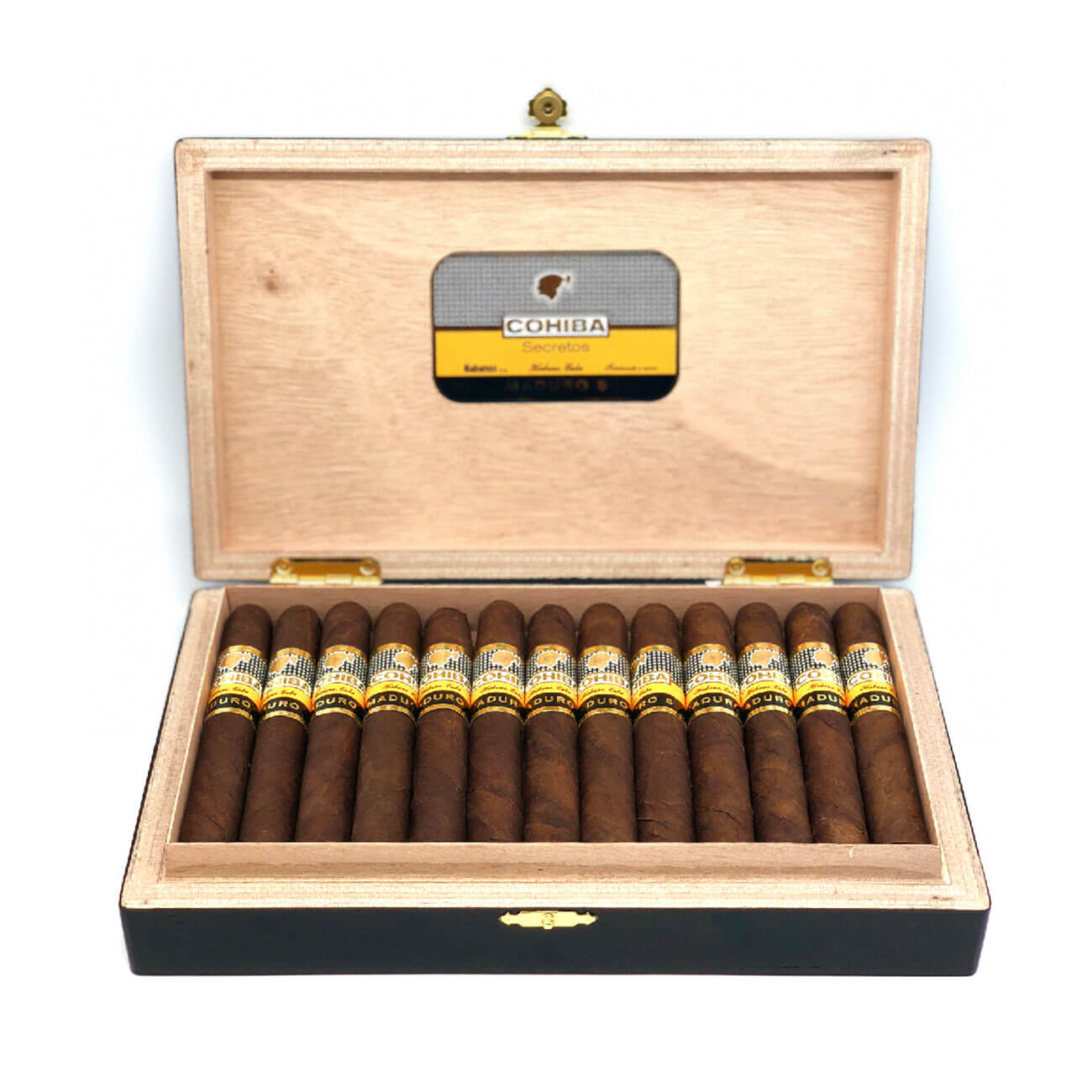
Cohiba Maduro 5 Secretos
I’ve looked at Cohiba before, the legendary brand that began when Fidel Castro’s bodyguard offered him a cigar. The cigar was a fuma, rolled for personal use. In this case, it was rolled by Eduardo Ribera and he had shared some with his friends. Fidel loved it, and a legend was born.
In an interview with Marvin Shanken, founder of Cigar Aficionado, the magazine that massively boosted the popularity of cigars back in the 1990s, Castro recounted the story: “I used to see the man smoking a very aromatic, very nice cigar, and I asked him what brand he was smoking. He told me that it was a special blend, but that it came from a friend who makes cigars and he gave them to him. I said, let’s find this man.
I tried the cigar, and I found it so good that we got in touch with him and asked him how he made it. Then we set up the house, and he explained the blend of tobacco he used. He told which leaves he used from which tobacco plantations. He also told us about the wrappers he used and other things. We found a group of cigar makers. We gave them the material and that is how the factory was founded. Now Cohiba is known all over the world.”
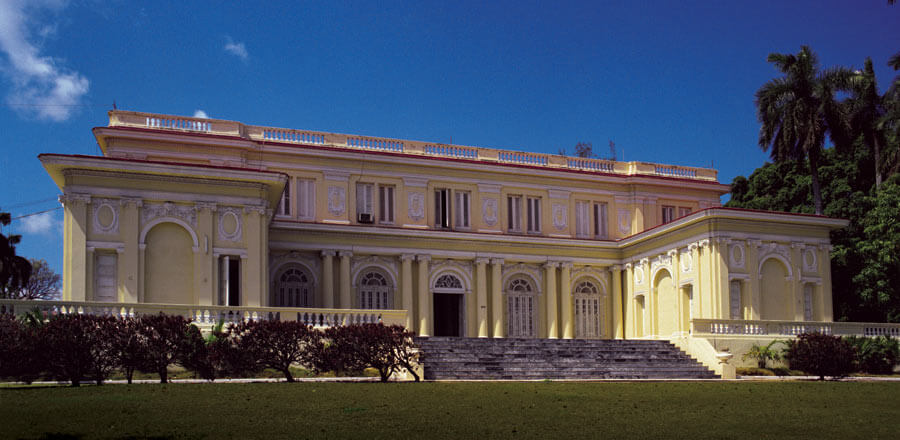
El Laguito cigar factory in Cuba
The “house” Castro mentions is the El Laguito factory, a beautiful old Spanish-style mansion on the edge of Havana, definitely worth a visit though it is rarely open to the public. The cigar was a Lancero. Others followed.
Originally, the Cohiba range was reserved for Castro, elite government officials, and as diplomatic gifts. Word leaked, and cigar lovers the world over were keen to try these almost mythical cigars.
Eventually, in 1982, Cohibas were released commercially (in conjunction with the 1982 World Cup of soccer). First, the Panatela, Corona Especial, and Lancero; the Robusto, Exquisito and Espléndido were added in 1989. The year 1992 saw the first of the Siglo range.
And then, in 2007, the Maduro 5 collection. The Behike range was subsequently added in 2010.
Cohiba’s Maduro 5: Genios, Mágicos, Secretos
By chance, friends and I were in Cuba for a fishing trip timed to coincide with the annual Cigar Festival, when the Maduro 5s were released. Naturally, we didn’t miss the chance to attend the launch. I still have a small presentation box with the three cigars from the event and returned home with a box of the Genios.
The Maduro 5 consists of three cigars – all using maduro leaf as wrapper, one that gives the cigars a much darker, almost chocolaty appearance. These are upper leaves that, as all do, have been through fermentation but have seen five years of ageing, more than twice the norm.
Cohiba cigars go through three fermentation steps, whereas all other brands only put their cigars through two. The binder and filler have been aged three years. All three cigars were released in boxes of 10 and 25.
The three cigars are the Genios (52 x 140 mm – robusto extra), Mágicos (52 x 115 mm – petit robusto), and Secretos (40 x 100 mm – petit corona).
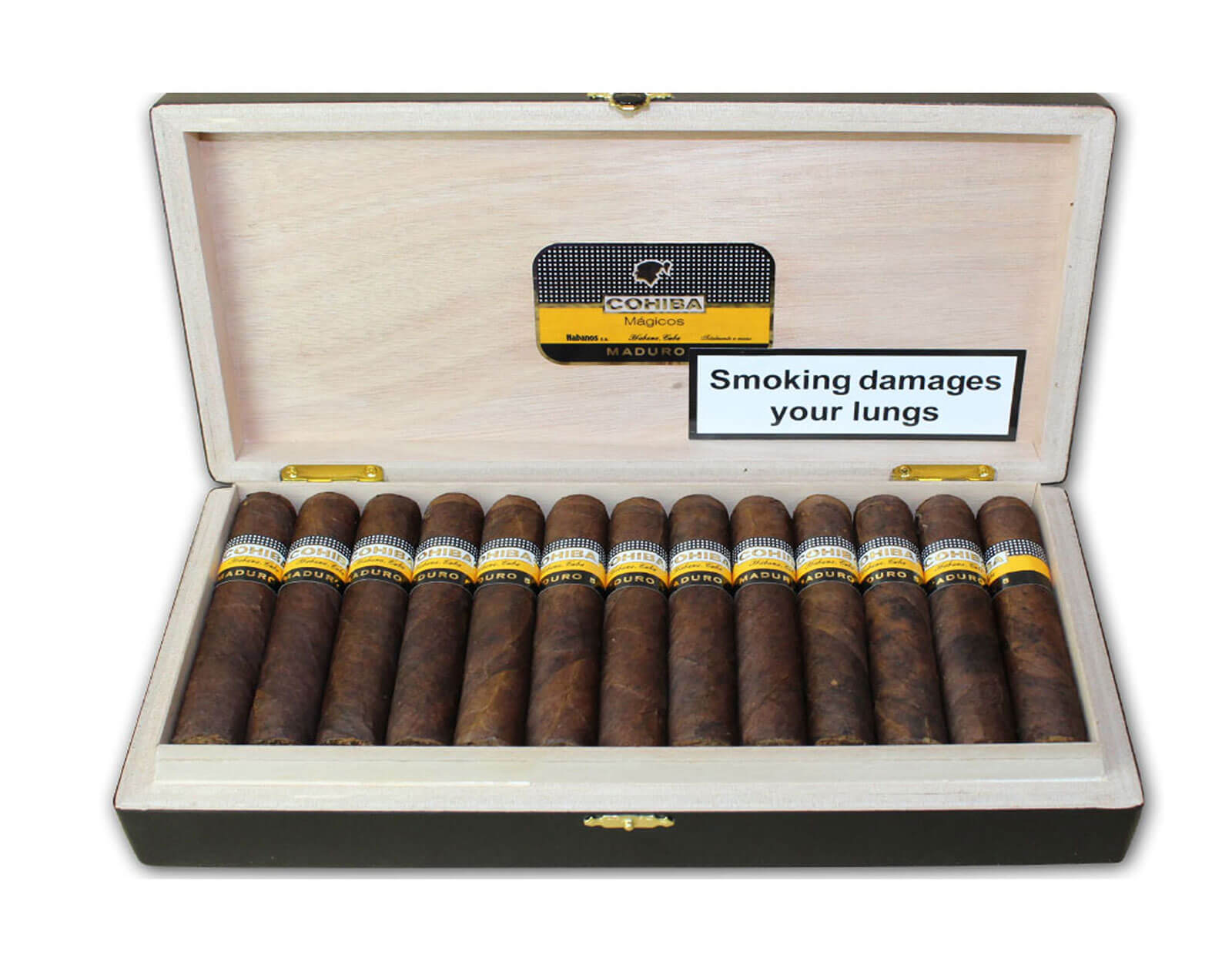
Cohiba Maduro 5 Genios Cuban cigars
I love the Genios, but I will confess that petit corona is not my preferred size. That said, when I have a Secreto or another petit corona such as the Por Larranaga, I almost always love it (I think I have an innate bias to the size).
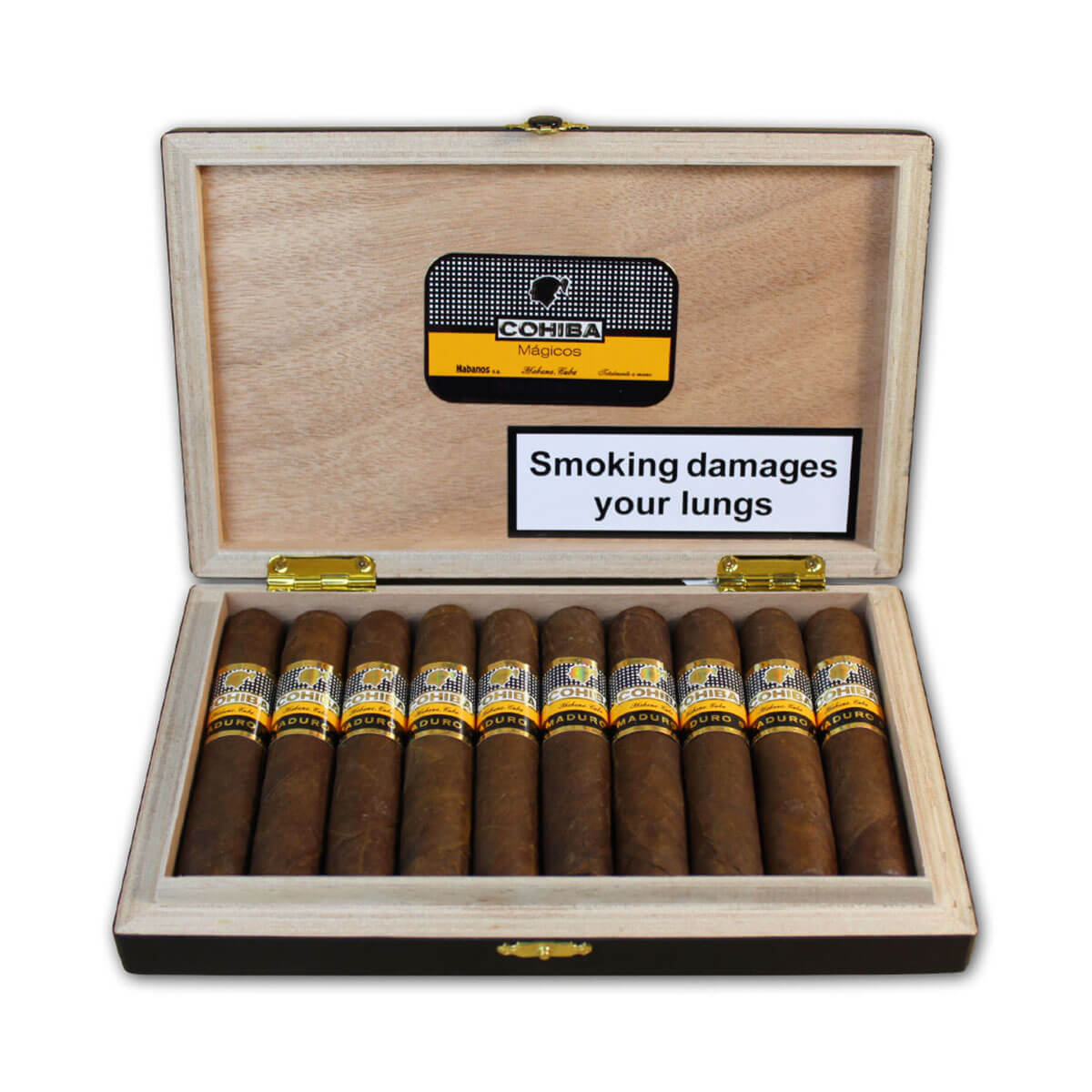
Cohiba Maduro 5 Mágicos Cuban cigars
A further confession: I have not seen a Mágico for a very long time. But I did look at the other two very recently: the Genios from my 2007 box, giving it more than enough time to show us whether these are likely to age well, and the Secretos from a friend, a much younger cigar.
The Genios was, I believe, everything that Habanos must have hoped it would become when they released it. Lovely color and aromas of honey, cinnamon, and coconut with just a whiff of nougat. Quite powerful but lively, very fresh, yet complex. Some lovely chocolate emerged.
A rich, powerful cigar with great length. Stellar! No concerns at all about the ageing potential. I’m sure it still has a brilliant future ahead of it.
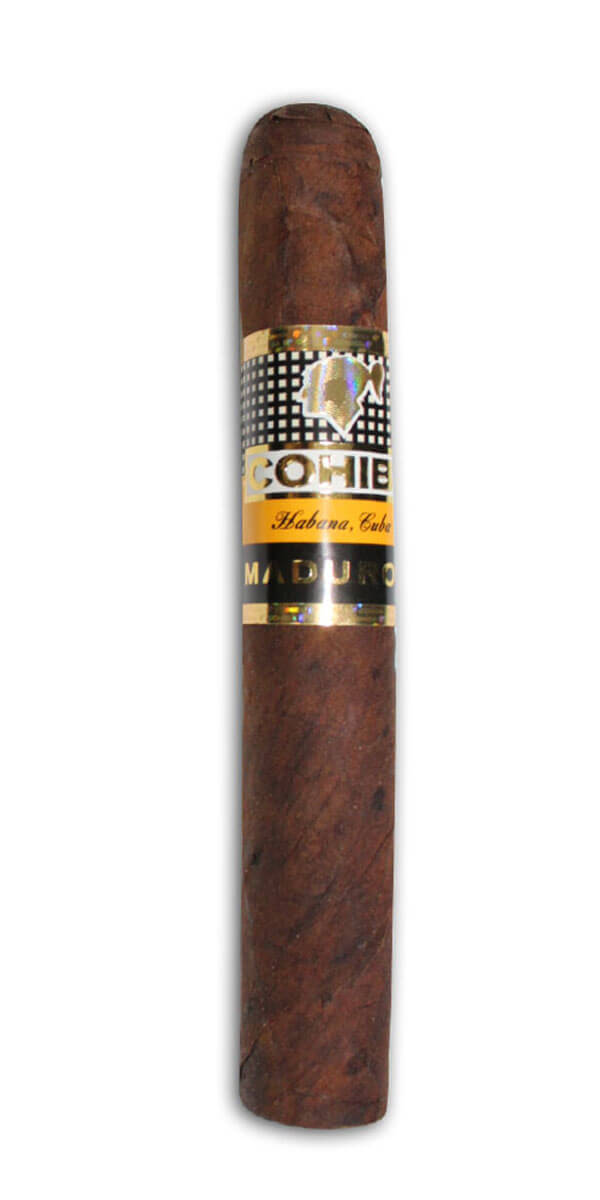
Cohiba Maduro 5 Secretos cigar
The Secretos was also quite powerful with notes of dark plums and chocolate. Intense, it was like a little flavor bomb. Dark berries emerged. Really loved it. I give them both 94, for those who like scores.
The Cohiba Maduro 5 range is definitely worth investigating and including in your humidor.
Finally, if you are keen to avoid falling foul of the counterfeiters, stick to the authorized stores in Havana. Sure they cost more, but you can be certain the cigars are genuine and not from your new best friend’s neighbor’s cousin.
Prices for boxes of 25 range as follows: Secretos $290, Mágicos $580, and Genios $630.
For more information please visit www.habanos.com.
*This article was first published on June 6, 2019 at Cohiba Maduro 5: Some Of The Most Faked Cigars In The World (For Good Reason)
You may also enjoy:
Cohiba Siglo VI Gran Reserva Cigars Bring Tears To A Glass Eye
Believe The Hype: The Cohiba Talismán Limited Edition 2017 Cigars Are Spectacular
Partagás Edición Limitada Series No. 1: Worthy Of The Limited Edition Name?





















































Leave a Reply
Want to join the discussion?Feel free to contribute!